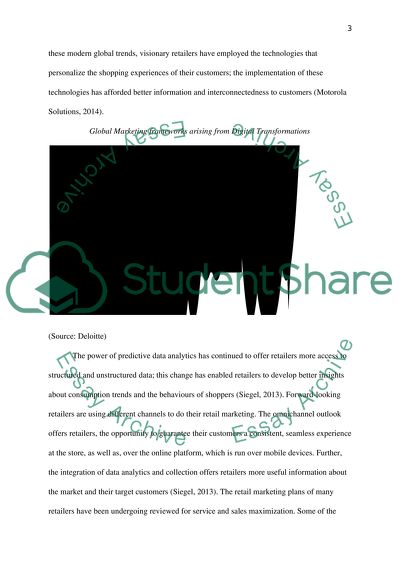Cite this document
(“Ebook-Importance of technology in Retailing Assignment”, n.d.)
Ebook-Importance of technology in Retailing Assignment. Retrieved from https://studentshare.org/marketing/1630130-ebook-importance-of-technology-in-retailing
Ebook-Importance of technology in Retailing Assignment. Retrieved from https://studentshare.org/marketing/1630130-ebook-importance-of-technology-in-retailing
(Ebook-Importance of Technology in Retailing Assignment)
Ebook-Importance of Technology in Retailing Assignment. https://studentshare.org/marketing/1630130-ebook-importance-of-technology-in-retailing.
Ebook-Importance of Technology in Retailing Assignment. https://studentshare.org/marketing/1630130-ebook-importance-of-technology-in-retailing.
“Ebook-Importance of Technology in Retailing Assignment”, n.d. https://studentshare.org/marketing/1630130-ebook-importance-of-technology-in-retailing.


